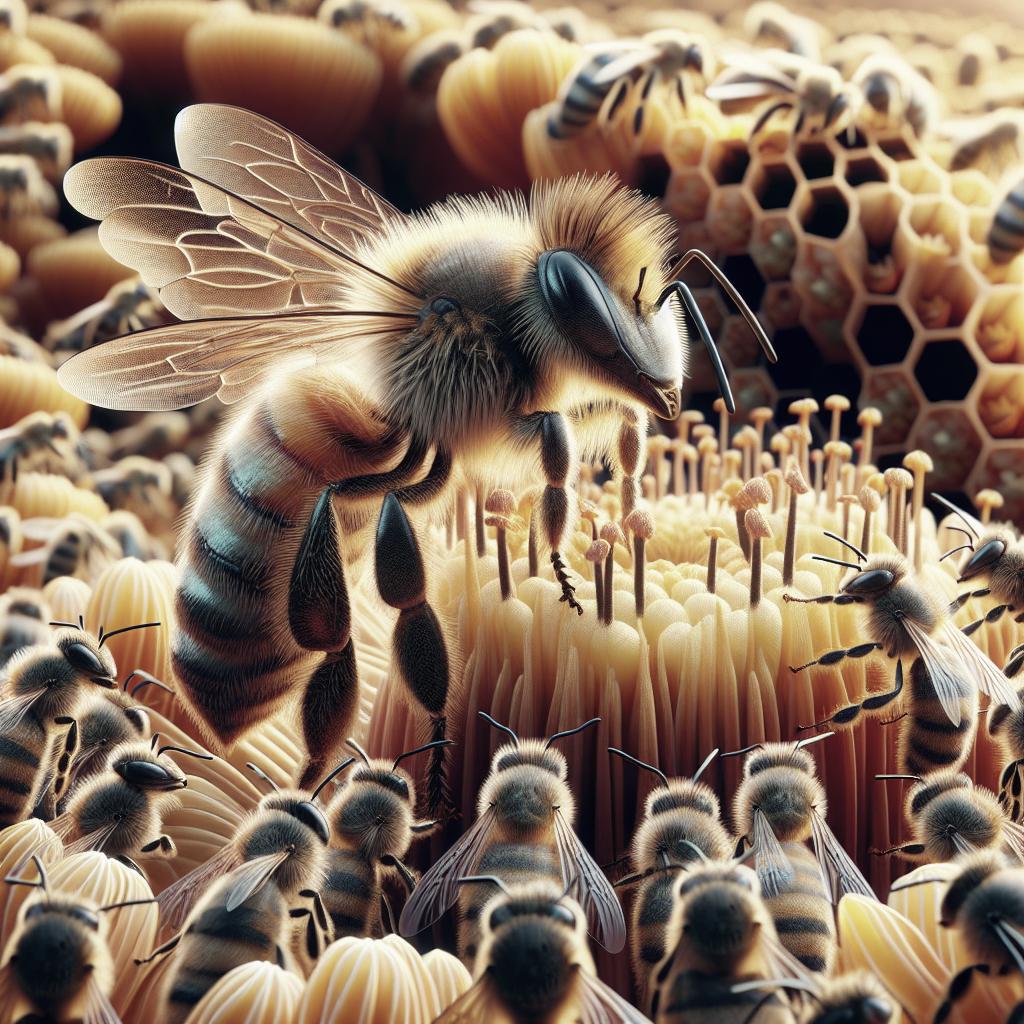The Characteristics of Africanized Bees
Africanized bees, commonly referred to as “killer bees,” have been a subject of concern and fascination since their introduction to the Americas. Known for their aggressive behavior compared to other bee species, these bees have sparked numerous studies to understand their nature. This article explores the unique traits of Africanized bees, highlighted through images and videos, providing comprehensive research resources for further exploration. Additionally, we delve into selected resources that offer deeper insights into these bees’ characteristics, behaviors, and impact on ecosystems. This knowledge is crucial for both scientific communities and the general public to foster awareness and safer environments.
Find More Images
Visual representation plays a critical role in understanding the complex nature of Africanized bees. To fully comprehend their distinctive characteristics, finding accurate and detailed images is essential. Africanized bees, visually similar to their European counterparts, can be distinguished through behavioral traits rather than appearance, making images of their activity in hives and swarm behavior more informative.
Many scientific publications and online resources offer extensive galleries showcasing these bees in their natural habitats, underlining behaviors such as hive defense and foraging patterns. Websites of entomological societies often serve as rich repositories for high-quality images, displaying Africanized bees in various scenarios that highlight their distinguishing traits.
Educational platforms and wildlife documentaries provide insightful visual content that illustrates the daily life of Africanized bees. Teachers and students alike can benefit from these resources, enriching their understanding through vivid imagery that complements textual information.
Videos
Videos serve as an effective medium to capture the dynamic behaviors of Africanized bees that static images cannot fully convey. Witnessing their swarming behavior and rapid hive defense strategies in real-time offers an in-depth understanding of why these bees are considered highly defensive and aggressive.
YouTube and other video-sharing platforms are replete with documentaries and recorded studies showcasing Africanized bees in action. Many of these videos are the result of scientific research and observations, providing credible and insightful visual data. Through these recordings, viewers can learn about the bees’ adaptive behaviors and their responses to environmental stressors.
Additionally, educational institutions often release video content as part of their outreach programs. These videos target not only academics and students but also the general public, raising awareness about the significance of Africanized bees within ecological and urban settings.
All Resources
A comprehensive study of Africanized bees requires access to diverse resources that cover the breadth and depth of available information. Start with entomological textbooks and journals that offer peer-reviewed research papers; these resources provide foundational knowledge and recent findings about the species.
Online databases such as Google Scholar and JSTOR can also be beneficial in accessing academic articles and theses focusing on Africanized bees’ behavior, genetics, and ecological impact. Libraries and academic repositories often hold extensive collections of research on these bees, reflecting decades of scientific inquiry.
For those seeking more accessible information, reputable websites such as National Geographic and scientific blogs dedicated to entomology provide valuable insights without requiring specialized knowledge. These resources often synthesize complex information into more digestible content suitable for a general audience.
Selected Resources
Among the vast array of resources available on Africanized bees, some stand out for their depth of information and ease of understanding. The “Smithsonian Magazine” has published several comprehensive articles that chronicle the history, spread, and current status of Africanized bees in the Americas.
Another notable resource is the documentary series produced by PBS Nature, which includes episodes dedicated to bees and their roles within ecosystems. These episodes provide visual insight and expert commentary that enhance understanding of Africanized bees’ behavior in comparison to other bee species.
Additionally, the University of Florida’s Entomology Department provides an online portal with extensive research articles and educational materials specifically focused on Africanized bees. Their resources are particularly useful for educators and students seeking in-depth analysis and recent studies.
Summary of Main Points
| Section | Details |
|---|---|
| Find More Images | Visuals highlight the bees’ unique behaviors; educational and scientific sites host extensive galleries. |
| Videos | Dynamic depiction of aggressive behavior; YouTube and educational platforms offer documentaries. |
| All Resources | Includes textbooks, academic journals, and online databases with comprehensive research articles. |
| Selected Resources | Standout resources include Smithsonian articles, PBS documentaries, and University of Florida’s educational materials. |


